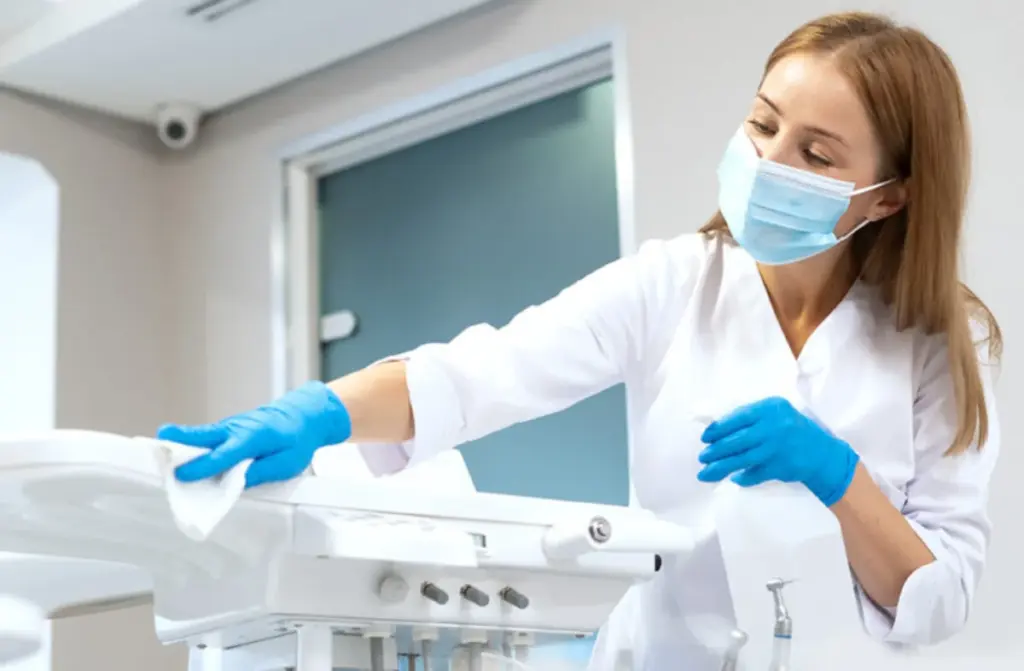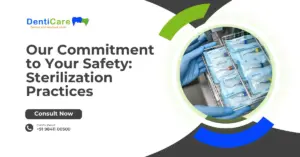The Critical Role of Sterilization in Dental Care
Recent headlines from Tamil Nadu, where improper sterilization at a dental clinic led to the death of eight patients from a rare brain infection (neuromelioidosis), have raised serious concerns about infection control in Health care centers. This tragic event is a reminder of how critical proper sterilization practices are— to prevent communicable diseases.
Understanding Communicable vs. Non-Communicable Diseases
Before diving into our sterilization protocols, it’s important to understand the two main types of health threats:
Communicable Diseases– These are infections that spread from person to person through blood, saliva, air, or contact with contaminated surfaces. Such diseases include:
- Hepatitis B & C
- HIV/AIDS
- Tuberculosis
- Bacterial & fungal infections.
Non-Communicable Diseases-These are not infectious and do not spread between people
- Heart disease
- Diabetes
- Cancer
- Chronic respiratory illnesses
Your safety is our priority. Here’s how we maintain a hygienic, infection-free environment:

Advanced Sterilization Equipment– We use modern autoclaves (steam sterilizers) that eliminate bacteria, viruses, fungi, and spores. Each tool is sterilized after every use—no exceptions.
Strict Instrument Handling
- Immediate Cleaning after each use
- Sealed Pouches for storage post-sterilization
- Disposable Items (needles, suction tips, gloves) used only once and safely discarded
Monitoring & Quality Checks
We conduct regular biological testing of our sterilizers to ensure complete microbial kill, as per CDC and DCI guidelines.
Trained Staff
Our dentists and assistants are regularly trained in updated sterilization and infection control protocols
Beyond Instruments: Overall Clinic Hygiene
Every chair, handle, counter, and tool you encounter at our clinic is disinfected thoroughly after each patient. From our reception desk to treatment areas, cleanliness is non-negotiable.
Your Trust, Our Responsibility
At Denticare Dental and Implant clinic in mogappair, we stand firmly committed to your safety, your smile, and your trust.
If you have any concerns or questions about how we keep you safe, please don’t hesitate to ask—we’re proud of our protocols, and even prouder to serve you with care and integrity.
Read Also: Chapter 27- What Your Tongue Says About Your Health





